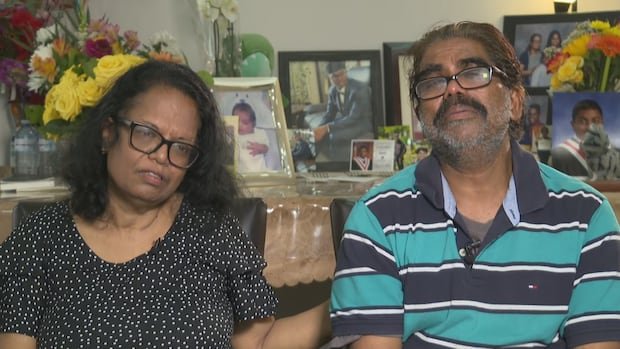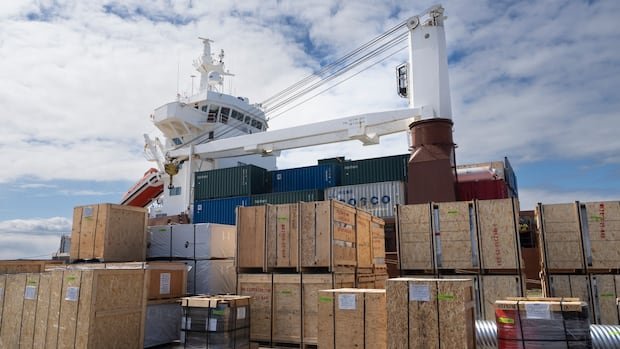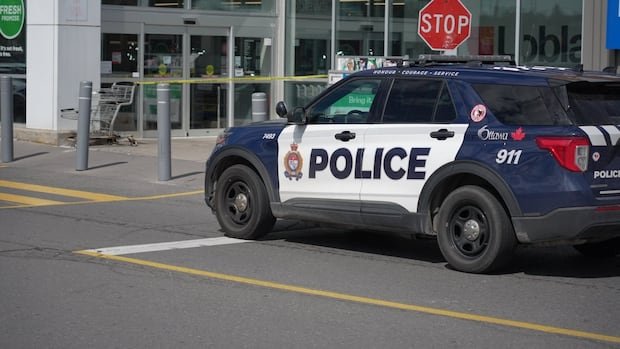It can be hard to get excited about new government regulations, but not if you’re a drone pilot like Ian Wills.
Transport Canada’s updated rules, due to be released early this year, will remove restrictions on long-haul flights for the remotely piloted aircraft (RPA) or drone industry, making it easier for pilots to take to the skies .
“The whole drone space is exploding,” said Wills, president of Coastal Drone, a drone pilot training organization in Langley, British Columbia.
“They are evolving and becoming more powerful and more capable and empowering people to do things we can’t even imagine yet.”
Think large-scale drone deliveries, aerial surveys, or large maps or aerial surveys.
It’s the kind of big potential that people have been talking about for years in Canada, but it’s really only possible with these new regulations.
New Transport Canada regulations allow the skies to open up for more complex drone operations that could be especially beneficial for remote communities.
Don’t expect Canada’s skies to be filled with drones anytime soon: the new laws won’t come into effect until the fall.
But it means that, for the first time, Transport Canada will no longer apply a case-by-case application process for these flights. It will open much of the country’s skies to low-risk missions. beyond visual line of sight (BVLOS)where a drone flies outside the pilot’s field of vision, says Ryan Coates, executive director of remotely piloted aircraft systems at Transport Canada.
It will also mean stricter rules for pilot certification and updated weight limits for drones.
BVLOS rules will be looser in low-risk or less populated areas, meaning Canada’s most remote communities could benefit the most from the services that could be provided.
Rules update
Previously, a pilot would have to apply to Transport Canada for special permission every time they wanted to fly their drone beyond their line of sight.
That meant dozens, if not hundreds, of hours of paperwork, Wills says.
From the regulator’s perspective, the application process, which involved a rigorous review and risk assessment, took a long time and ended up becoming a barrier for many drone users, says Transport Canada’s Coates.
The department realized that technology and industry were capable of making these flights en masse, Coates says; the laws simply had to catch up to make it possible.

But all this has not arisen from nowhere.
In 2019, Canada became one of the first countries in the world to introduce rules for RPA following a wave of close situations with people, their drones and restricted airspace. He original regulations It included restrictions such as not operating drones under the influence of drugs or alcohol, or near airports. Since then, Transport Canada has certified more than 107,000 drone pilots and registered around 100,000 RPAs; figures that, according to the department, increase almost daily.
In that time, the technology has also become more capable and sophisticated, Coates says, intensifying calls from the industry to get rid of the administrative burden and update the rules again.
“We always move faster than the regulators, right?” said Glen Lynch, CEO of Volatus Aerospace in Ontario.
Some commercial drone companies like Lynch already get some leeway from the regulator to fly BVLOS drones, after years of experience in the aviation industry. But this widespread change “is a completely new area,” he says.
Drones replacing people?
That doesn’t mean that any type of drone can fly anywhere.
Transport Canada says pilots who want to perform BVLOS must be certified and their drones will need to have the technology and ability to detect and avoid other air traffic. RPAs will also need to weigh less than 150 kilograms and fly over sparsely populated areas in uncontrolled airspace at low altitudes.
The new laws treat drones like airplanes, because they share the same space and, in some cases, some of the risks. In Canada, the rules also apply equally to commercial and recreational drone pilots, who make up the largest group of drone pilots in Canada. They could use their drones for simpler activities, such as taking photos or videos while on a hike or on vacation.
For those on the commercial side, future use cases for BVLOS are impossible to fully realize at the moment.
Lynch thinks of oil and gas pumps in northern Saskatchewan, where drones could replace workers “in rubber boots” who go out to inspect leaks or damage to a rig. Or agriculture, where they could identify and fumigate sections of infected crops, all piloted by a pilot in a completely different location.
A possible turning point
But the potential isn’t just about benefiting the industry.
It’s also about people, says Dr. John Pawlovich, a family physician and professor of rural health at the University of British Columbia.
“I see this as a real game changer for communities,” he said.
Pawlovich is part of a pioneering pilot project who went through the sometimes infinitely slow and small steps of figuring out how to deliver medications and supplies by drone from a pharmacy to the Stellat’en First Nation in northern British Columbia. Traveling to a pharmacy can be difficult for Stellat’en members because of the weather or because some are in poor health.

It may seem elementary, he said, but there are many steps to consider, such as how a drone could reach a pharmacy in time for a digital prescription to be available. The team was able to conduct more than 1,200 test flights thanks to a special permit from Transport Canada at the time.
The updated BVLOS rules mean that a project like that would be easier to expand to other remote communities, involving all kinds of valuable cargo.
For Pawlovich, it’s the best example of how, with some consideration, the changes could improve the lives of people living in some of the most remote places in Canada.
“This technology holds great promise for closing or eliminating the gap in access to medical supplies.”






